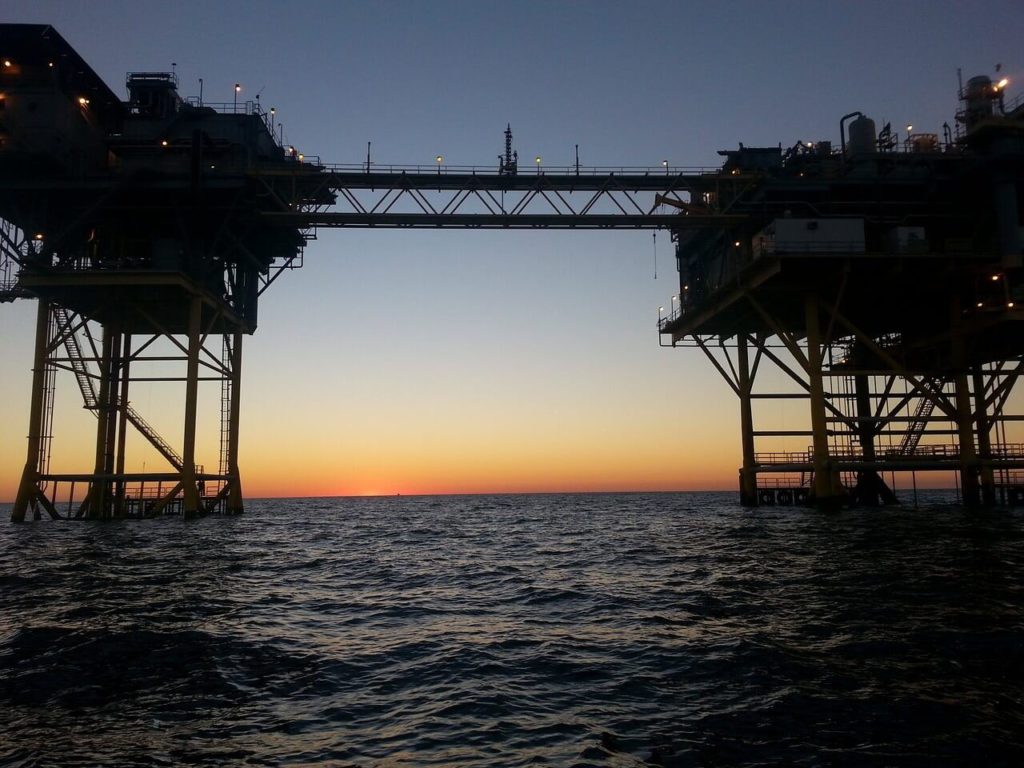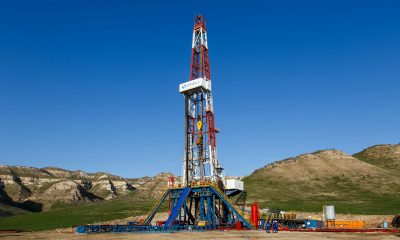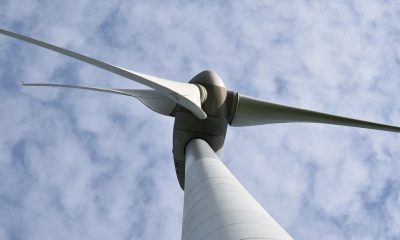Business
Easing the pressure: Offshore oil and gas’ next big development
The oil and gas industry has been changing, and companies are looking for sustainable ways to stay attractive to investors.

For the past century, the oil and gas industry has occupied a central place in the economy of America. From powering houses, industries, automobiles, and everything in between, oil and gas have managed to push the country forward, which, in turn, led to the numerous oil companies that drilled, shipped, and sold what is considered “black gold” to reap billions of profit annually.
However, as the world became more damaged, oil and gas companies are openly grappling for the first time with the idea of a more environmentally conscious future where their industry will significantly decrease in dominance. In fact, in the past few years, the oil and gas industry has become the favorite punching bag of the environmentally conscious. Combined with the cost-cutting drive that stemmed from the oil collapse of 2014, it’s safe to say that for the most part, the industry hasn’t had the best of reputation.
Partially relieving the pressure
As a result, various oil and gas companies from all over the world are all pushing efforts to partially decrease the pressure in the sector, looking for various ways and solutions to lower their emissions without the usual high crippling prices.
One such effort is Siemens’ announcement last week of the first hybrid power plant for offshore rigs combined with energy storage featuring lithium-ion batteries, which the company first unveiled last May.

Oil and gas companies are looking for ways and solutions to lower their emissions. (Source)
Called the Blue Vault power supply and energy system, the hybrid power plant can potentially reduce a rig’s fuel consumption by 12 percent with carbon dioxide emissions down by 15 percent. According to Siemens, the whole installation will be used to supply power to the West Mira rig. Operated by Seadrill on behalf of Northern Drilling, the West Mira rig will be the first to benefit from the hybrid power system that will not only reduce the overall runtime of diesel rigs currently working on the platform but also reduce the rig’s emission to an amount equivalent to the emission of about 10,000 vehicles.
According to Siemens’ offshore solutions chief Bjørn Enair Brath, “We expect this market to grow significantly, and consequently have invested heavily in the development of safe and reliable ESS solutions by establishing a production facility for battery modules in Trondheim, Norway.”
The facility which Brath mentioned reportedly cost the company around $12 million and involved moving a business to Norway in an effort to take advantage of both cheap and reliable power.
The move comes at the perfect time, as just recently, a TIME article revealed that due to a shifting market, oil and gas assets may no longer be considered as attractive investments. Although, the industry will likely remain a big part of the energy mix in the future, and it still has enough juice to keep on powering itself as it searches for better ways to adapt with changing times.

-

 Cannabis2 weeks ago
Cannabis2 weeks agoGermany’s Cannabis Crossroads: Progress, Profits, and Public Concern
-

 Markets2 days ago
Markets2 days agoStock Markets Surge Amid Global Uncertainty, But Storm Clouds Loom
-

 Cannabis2 weeks ago
Cannabis2 weeks agoAurora Cannabis Beats Expectations but Faces Short-Term Challenges
-

 Crowdfunding6 days ago
Crowdfunding6 days agoSavwa Wins Global Design Awards and Launches Water-Saving Carafe on Kickstarter


























You must be logged in to post a comment Login